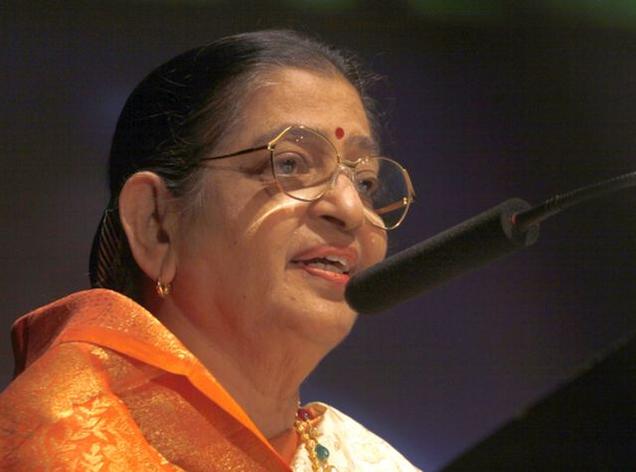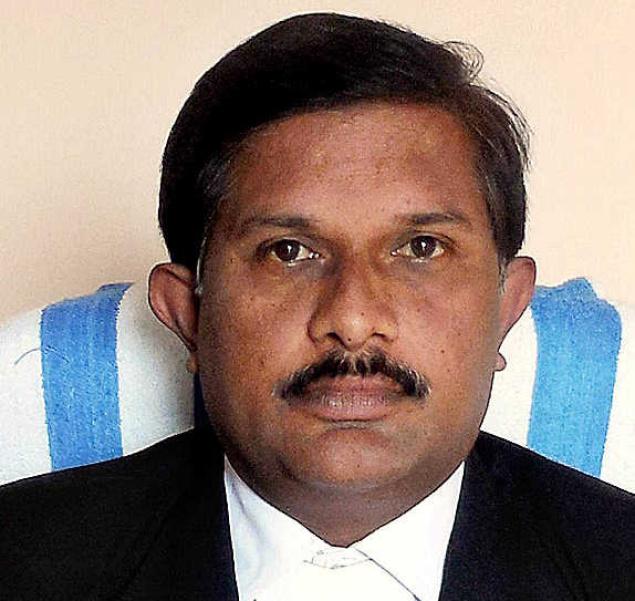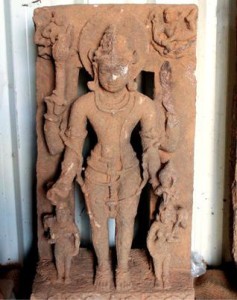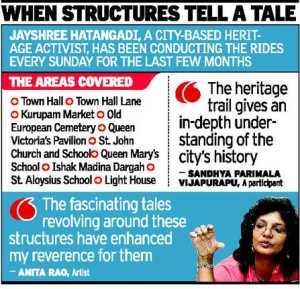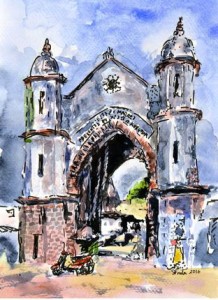Of the many natural assets that Visakhapatnam is blessed with, the most valuable and unique are the Erra Matti Dibbalu (EMDs).
EMDs of Bhimunipatnam were first reported by William King, deputy superintendent of Geological Survey of India in the year 1886.
King called the stretch of 24 miles, between Visakhapatnam and Bhimunipatnam ‘badlands,’ representing great sand banks, in a dry terrain, where sedimentary soils were extensively eroded by wind and water.
Scientists tell us that the EMD illustrate earth’s evolutionary history, including the climatic conditions that once existed at the site. Typically, such terrain has a multilayered colouring, which is both fascinating and attractive. Moreover, there are vestiges of the prehistoric man having lived in the area.
Visakhapatnam’s Red Sand Dunes are invaluable inheritance, that need to be conserved through a conscious effort, both for their scientific as well as aesthetic significance. Conservation and protection of such marvels of nature is vital for the posterity, because once lost they can never be retrieved again.
Citizen/heritage bodies of the city have worked hard to get the Geological Survey of India to recognise the EMDs as a Geo heritage site, which is no mean achievement. We must now go a step further.
Even though when William King reported them in 1886, the entire stretch of 24 miles were marked with coastal red sand mounds, over a period of time most of them have been leveled, except for a small segment, which happens to be the most spectacular part, has survived.
The beauty of the EMDs is such that tourists have been flocking to the place to admire them.
Come Karthika masam, families gather there for kartheeka vanabhojanalu. While it is good that people enjoy the beauty of the sand dunes, unbridled unregulated footfall harmed the sand dunes. Even more harmful would have been the intervention of the department of tourism had it been allowed.
Building a facility centre at the mouth of the seasonal stream that drains through the fragile eco system, a proposal for night tourism using beach buggies and camel rides are some of the spectacularly shortsited projects, which, mercifully were opposed by the heritage activists of the city. If those were allowed, EMDs would have been levelled with a year or two.
EMDs are made up of loosely stacked sand, which is easily disturbed. Any harsh activity like indiscriminate clambering up the sand dunes or using vibration-generating vehicles in their middle will disturb them and hasten the process of deterioration.
Unregulated tourist flow is neither in the interest of the tourists nor of the EMDs. As one goes deeper into the sand formations, the gully formation transforms into a veritable maze, the height of the mounds grows and if one is not careful, it is easy to lose one’s way.
A greater threat to the EMDs is the mindless digging of the dunes for laying a four lane road and building a cement mixing plant right in the middle of the sand dunes, which was brought to light by the ever vigilant public view. The latest threat appears to be a housing society.
Taking advantage of the momentum generated by Visakhapatnam’s ‘smart and clean city’ tags, we must elevate our tourism too to a global level.
We must start working towards getting UNESCO’s recognition for EMDs.
True, it would take a bit of leg work. But the benefits that will accrue make it worthwhile. To achieve that status, all the short sited and unsustainable tourist interventions proposed by the government in the EMDs must be given up forthwith, immediately. The district authorities, the state government and the heritage conservationists must work together and seriously. When the people and their governments come together, the synergy generated makes many things possible. Vizag can take a lead in the matter.
There are the four fundamental features, which are an absolute prerequisite for an area to become a member of a UNESCO Global Park and on the face of it we fulfill all the requirements.
Firstly, the area under consideration must have geological heritage of international value, which is assessed by scientific professionals, and is peer reviewed by an UNESCO Global Geopark Evaluation Team.
Do we fulfill that requirement? Certainly.
Geologists tell us that there are just three such formations in South Asia, of which we have one.
Visakhaptnam is fortunate to have one such stunningly beautiful formation so close to the city.
Earth scientists of the country and particularly of Andhra University have studied EMDs extensively and tell us that EMDs are of national as well as international value.
Scholars have used them as a living laboratory, to explain to the students the evolution of the earth’s crust. Much literature has been written about it.
The second requirement is that an aspiring Geopark must be managed by a body, which is created by a central Act.
This takes political will of the people’s representatives. It is not the first time that such an Act was passed to protect an institution of national importance.
Salarjung Museum was created by a central Act specially passed for that very purpose.
The institution thus entrusted with the task of managing EMDs must involve the local communities and the other stake holders in its management plan. In the case of EMDs the local stake holders would be the villagers of Nerellavalasa and the local fishermen, who have a direct interest in the EMDs.
For, in the year 1970 some 20 families of Nerrellavalasa were given pattas within the sand dunes by the Government of Andhra Pradesh.
The villagers planted cashew trees along the slopes of the dunes, which not only enhanced the beauty of the dunes but also helped in the prevention of soil erosion, as the root systems hold the soil together.
So, the management plan must have a two-pronged strategy of protecting the site along with the interest of those that depend on it.
The tourism interventions of the government so far have been aimed at evicting the pattadars of the EMDs and opening the EMD for the exclusive benefit of the tourists. Such interventions are violative of the United Nations’ principles of heritage conservation.
Equally important is maintaining the sanctity of the dunes and stopping all intrusive activity which disturbs their pristine integrity. The landscape includes the ravines, streams, foliage, gullies, coast line and all the other natural in features in the area, in toto.
No more building of roads in the immediate neighbourhood of the EMDs, no cement processing plants nor a housing colony in the mounds.
Then the third requirement to get UNESCO Global Geopark is a total visibility to the world. This stipulation had to be put in place as at times some geological formations might be controlled by private bodies, which might restrict entry to the public.
EMDs does not have that problem since they are located within a stretch held by the government.
What, needs to be done to make EMDs more visible is to create a dedicated website, print leaflets, publish a detailed map of the area and make available information which is required for international tourists.
Lastly, a UNESCO Global Geopark is not only about cooperation with the local people living in the UNESCO Global Geopark area, but also about cooperating with other UNESCO Global Geoparks through the Global Network. It must work together with the other global partners, across borders.
It is high time the authorities in charge of tourism and the district administration take charge of the conservation of the EMDs seriously, and plan for the overall conservation of the area, once and for all.
Getting the recognition of UNESCO will place the site on the global tourist map and bring international tourists.
At present there are 120 UNESCO Global Geoparks in 33 countries. It would be a proud moment for Vizag, if we can join that network.
(The writer is a heritage and environmental activist. She can be reached at ranisarma2010@gmail.com)
source: http://www.timesofindia.indiatimes.com / The Times of India /News Home> City> Visakhapatnam / by Rani Sarma / April 10th, 2016
